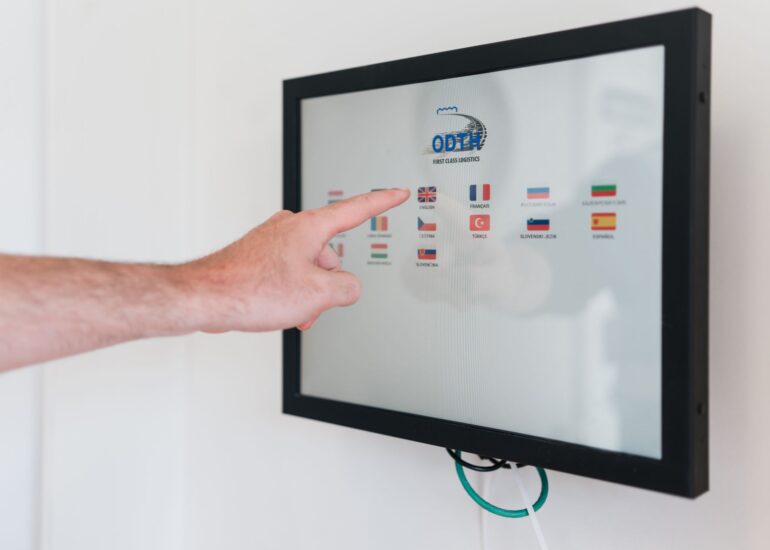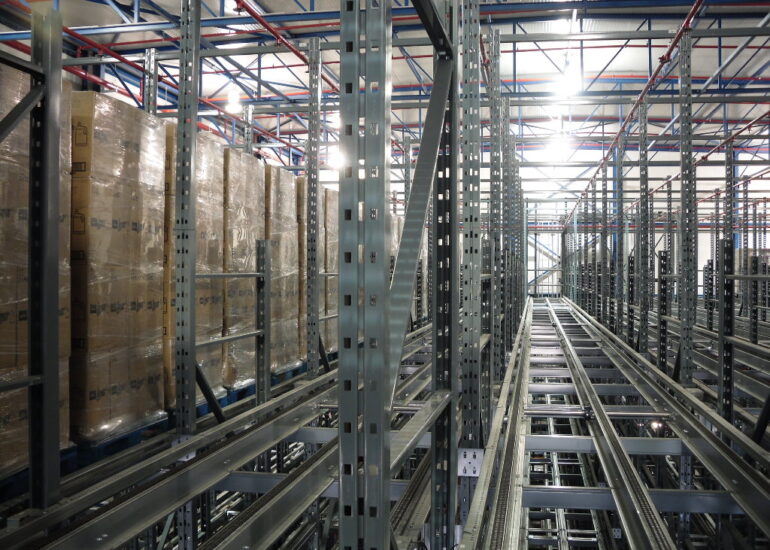At ODTH we understand the importance of seamless and efficient integration of new customers into our logistics services. We strive from the very beginning to work with our customers to lay a solid foundation for a successful collaboration.
Our approach to integrating a new customer is based on thorough analysis, open communication and careful planning. We start by conducting an in-depth needs analysis to gain a thorough understanding of the customer’s specific requirements, objectives and expectations. This allows us to develop a tailor-made logistics plan that perfectly matches its needs and business processes.
During the integration process, we work closely with our customer to ensure that all aspects of logistics operations run smoothly. We ensure clear communication channels and regular consultations to discuss progress, address any challenges and proactively provide solutions. Our experienced team of professionals is ready to help overcome obstacles and provide practical solutions to ensure a smooth transition.
At ODTH we see the integration of a new customer as the start of a long-term partnership. We strive for a close relationship, based on trust, cooperation and shared successes. Our goal is to support our customers in achieving their logistics objectives, delivering excellent service and exceeding their expectations.
Our method
The integration of new customers is a crucial step for logistics service providers in achieving smooth and efficient collaboration. The process requires careful planning, communication and coordination to ensure that all parties involved are properly aligned. Below is an overview of the steps we take at ODTH to successfully integrate new customers:
1. Discover
Insight into the customer’s needs: It all starts with a thorough understanding of the new customer’s needs and requirements. This includes analysing their logistics processes, volumes, special requirements and expectations.
2. Design
Based on the collected insight, we draw up a detailed implementation plan. This plan includes allocating resources, setting milestones, defining responsibilities, and planning the implementation of the integration.
3. Implementation
It must be ensured that the new customer’s systems and technologies can be seamlessly integrated into their existing logistics infrastructure. This includes testing and validating interfaces, ensuring data exchange and compatibility between different IT systems
4. Partnership
After integration, it’s important to regularly monitor the performance and satisfaction of both the logistics service provider and the new customer. Feedback mechanisms should be set up to identify in a timely manner any problems or bottlenecks.
Examples of our achievements
At ODTH, innovation is part of our DNA. Our in-house team therefore continuously works on the development and improvement of our systems. Below you can find some of our main achievements in recent years.

Digital truck registration
We have fully automated the truck registration process at several of our sites. For this, we use a convenient application. We use ANPR cameras with optical recognition to read the license plates into our system.
Drivers can make use of 3 tablets to register. The registration application is available in 15 languages and contains user-friendly icons to make it visually attractive.
This results in an efficient and fast registration process with real-time information that is used by the planning and security team.

Magic black box
The Magic Black Box is an extremely compact staging system comparable to a modular sliding puzzle. The system consists of three basic components: lifts, shuttles and storage channels. Pallets can be moved in any direction and placed at any location. The Magic Black Box distributes up to 1,872 pallets over 52 channels on 4 levels. This allows 52 customer loads to be prepared and sorted in an area < 1000 m².
The sequencing is fully automated and tailored to the needs of the customer, with the pallets automatically sent to the correct delivery route. This allows quicker loading, and increases our capacity to serve the customer.

Intelligent WMS
ODTH specialists work in a result-oriented way according to a project management philosophy. Our people analyse our and your business processes and develop software and applications that ensure continuous improvement of the logistics chain. Our systems and solutions are focused on strategic partnerships with our customers through intensive demand analysis and the creation of common platforms.
Whether you work with SAP or with another ERP system, we aim for optimal connectivity. Following your goods and your orders throughout the chain is part and parcel of our business model. We look forward to working with you on how we can achieve optimal logistics for your company.
Sustainability efforts
ODTH has been committed for years to sustainability at all levels. Our projects have contributed to the United Nations Sustainable Development Goals (SDGs), leading to our being awarded the UNITAR certificate. We have invested in energy efficient technologies, reduced CO2 emissions and promoted circular economy principles. We’ve also focused on social responsibility by improving the working and living conditions of our employees, encouraging diversity and inclusion, and creating positive social impact in collaboration with local communities. At ODTH we continue to strive for sustainable growth and realisation of the SDGs.
Meer over sustainability
